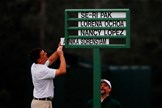Can women play in men’s golf majors?
Published:
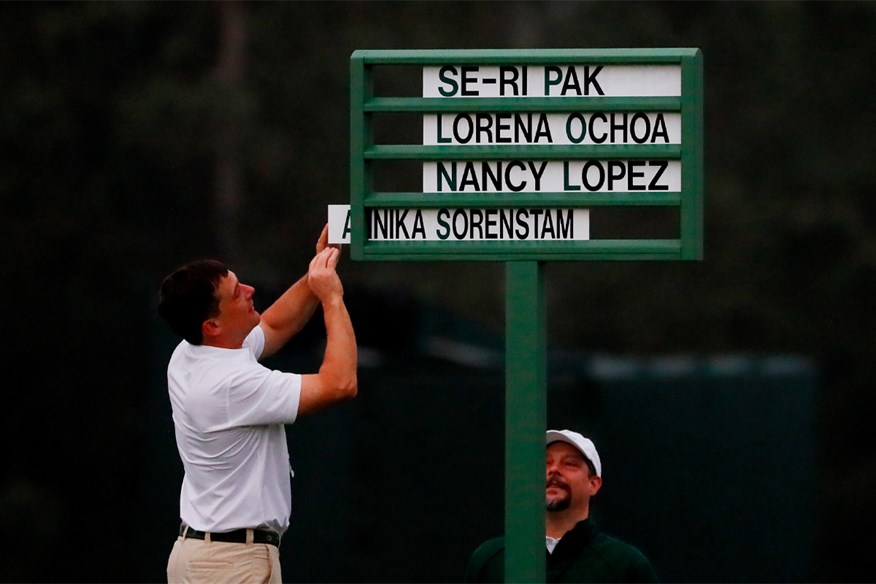
We’ve seen a few trailblazing women take on men’s events over the years – but can a female golfer tee it up in one of the men’s majors?
Female golfers have five majors of their own in the shape of the Chevron Championship, Evian Championship, US Women’s Open, Women’s PGA Championship, and the Women’s Open – but can they also compete in any of the four men’s majors?
Let’s dig into the rules, the past, and the possibilities.
Have women ever played in PGA Tour events?
Yes – though it’s rare.
The first was Babe Zaharias, who made history in 1938 by becoming the first woman to compete in a PGA Tour event. And she didn’t stop there. In 1945, Zaharias became (and remains) the only woman to ever make the cut in a men’s PGA Tour event.
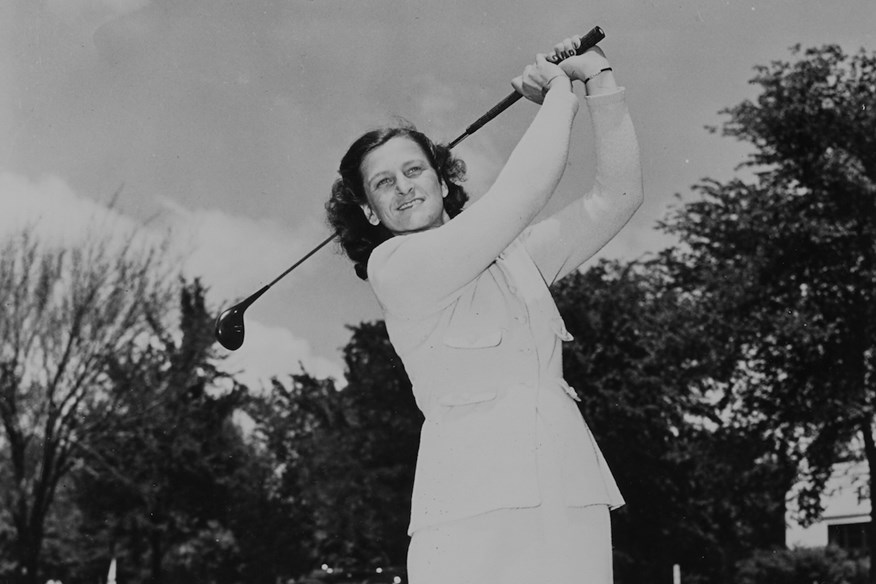
Decades later, Annika Sorenstam made headlines when she teed it up at the 2003 Bank of America Colonial. Michelle Wie also played multiple PGA Tour events and became the first woman to shoot a sub-par round on the men’s tour.
Can women play in men’s majors?
Technically, yes – but it’s incredibly difficult.
Since 2006, when The Open Championship formally opened its entry process to women, female golfers have been eligible to compete in all four of the men’s majors: The Masters, US Open, PGA Championship, and The Open.
So why hasn’t it happened?
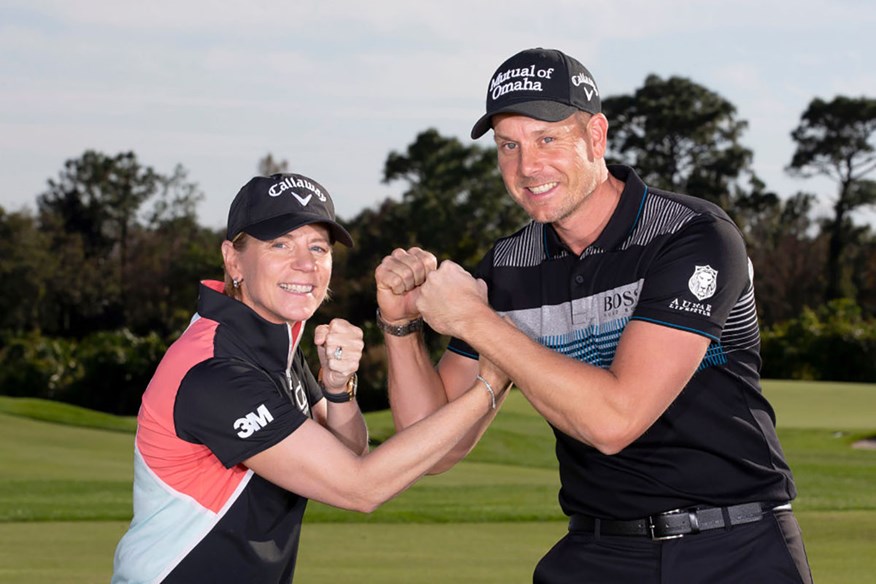
Why no woman has played in a men’s major (yet)
The short answer: qualifying is tough. The majority of spots in men’s majors are filled through exemptions – like winning certain tournaments, ranking inside the world top 50, or being a past major champion. Most of those routes are inaccessible to women simply because they don’t play on the men’s tour or in the men’s amateur events that grant major championship exemptions to the winners.
There are technically pathways for women to play in men’s majors, but they’re not easy.
To qualify for The Open as a woman, you’d need to finish in the top five of an LPGA major and then go through regional and final qualifying.
As Annika Sorenstam put it: “It would take a really extraordinary woman, no doubt about it.”
And that extraordinary woman would need to be an excellent traveler or make a big sacrifice to take part in qualifying.
The final round of the Women’s PGA Championship is held in the US the day before Regional Qualifying for The Open takes place in the UK. And remember: only players who finished in the top five of a women’s major the previous year are eligible – meaning we’re talking about genuine contenders for the biggest titles in the women’s game.
For any of them to skip that for a long shot at qualifying for a men’s major? That’s a massive gamble.
The three men’s majors in the United States – the Masters, US Open, and PGA Championship – also allow women, though it’s a similar story, with limited pathways for females.
The Masters is an invitational with famously strict criteria. The USGA and PGA of America technically allow any eligible golfer to enter their events if they meet the performance standards. But almost all those standards are based on men’s tour results, world rankings, or amateur wins in male competitions.
In short, there’s no policy keeping women out, but no clear pathway bringing them in.
Can men play in the women’s majors?
It doesn’t work both ways. None of the five women’s majors allow men to enter – they are strictly LPGA-sanctioned and gender-specific.
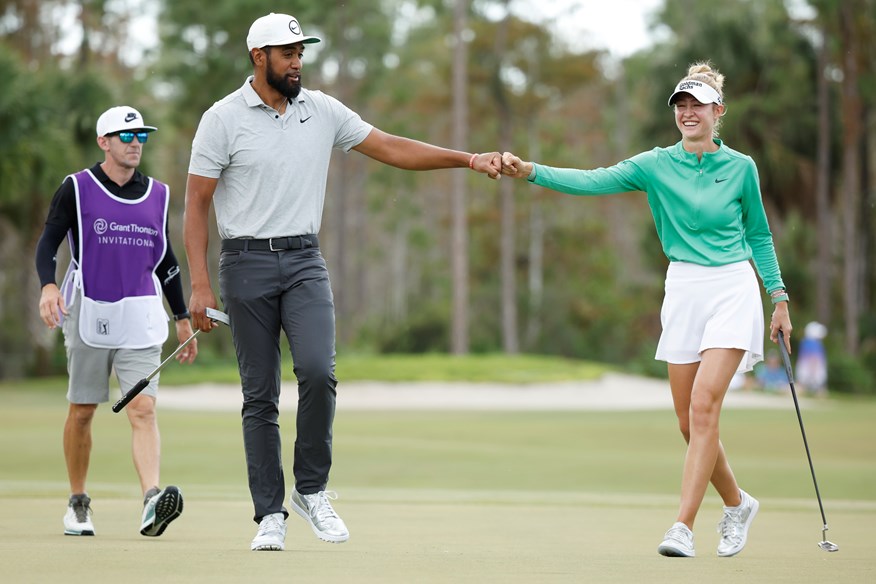
Could a woman ever play in a men’s major?
Absolutely – but the stars would have to align.
Even a top LPGA player like Nelly Korda, Rose Zhang, or Lydia Ko would likely need to go through men’s amateur circuits, attempt qualifying, or get a special exemption (which is rare but not impossible).
With the skill level in the women’s game continuing to rise and conversations around inclusivity in golf becoming more prominent, it feels like a matter of time before someone gives it a real shot.
Distance is still an issue, though. Even the longest hitters on the LPGA Tour average under 290 yards, which would rank them amongst the shorter hitters on the PGA Tour.
The average course length on the LPGA Tour is 6,400 yards, while most PGA Tour layouts measure well over 7,000. That’s a huge difference to overcome over four rounds.
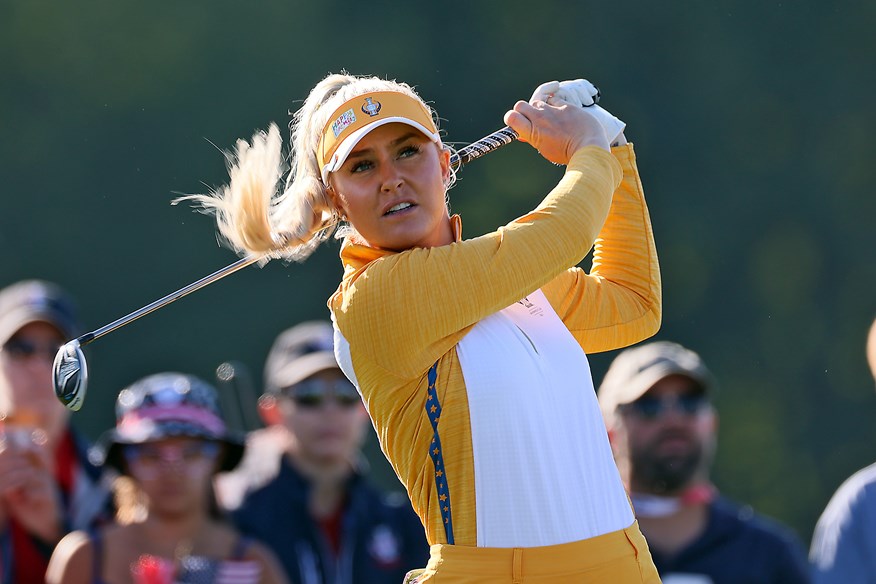
Final thought
No woman has played in a men’s major yet – but it’s not because they’re not allowed. The door is technically open. The road is just incredibly narrow.
Still, with the talent in the modern women’s game, the right player with the right plan could make history. And when it happens, it’ll be one of the most talked-about moments in golf.
